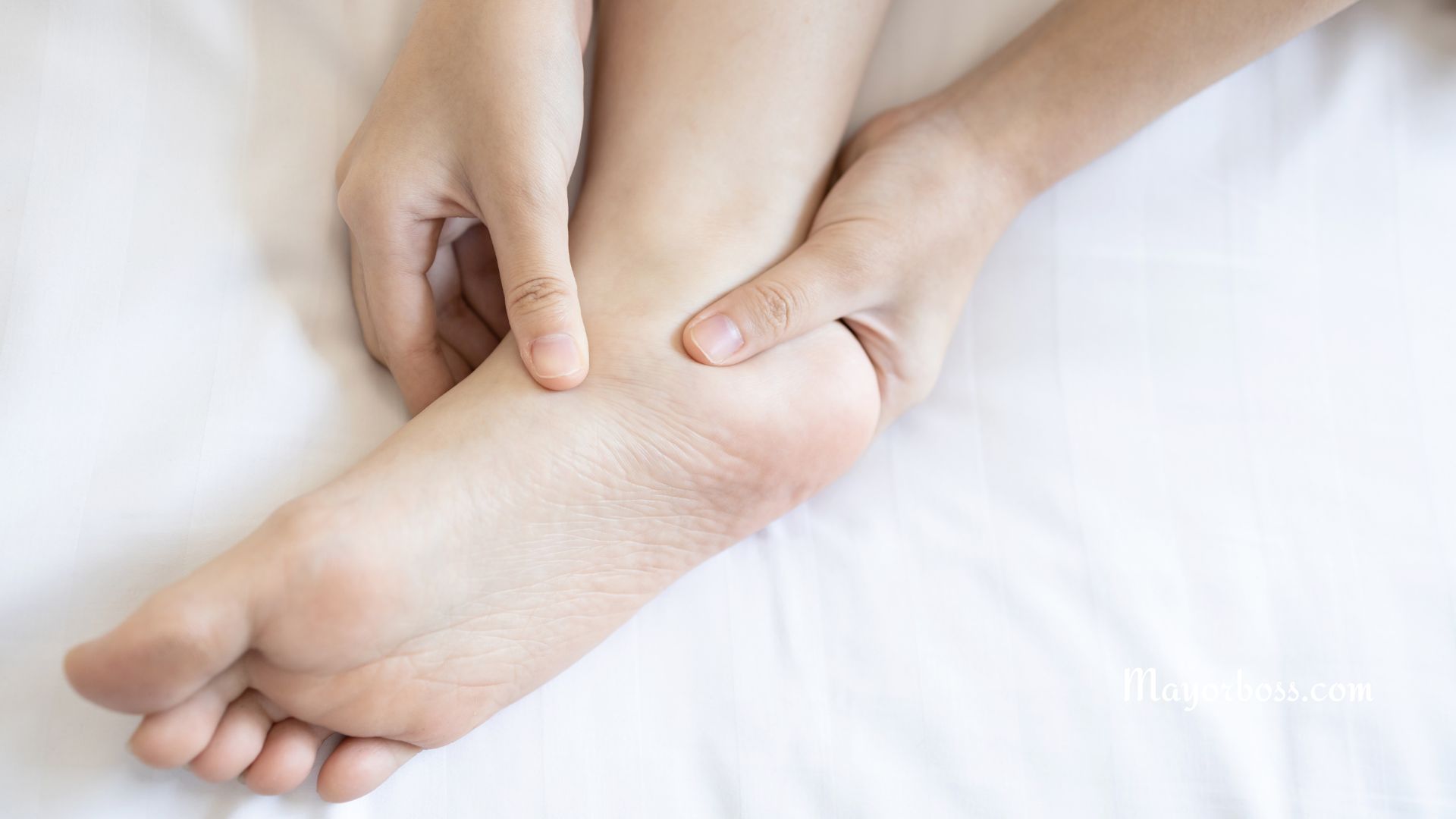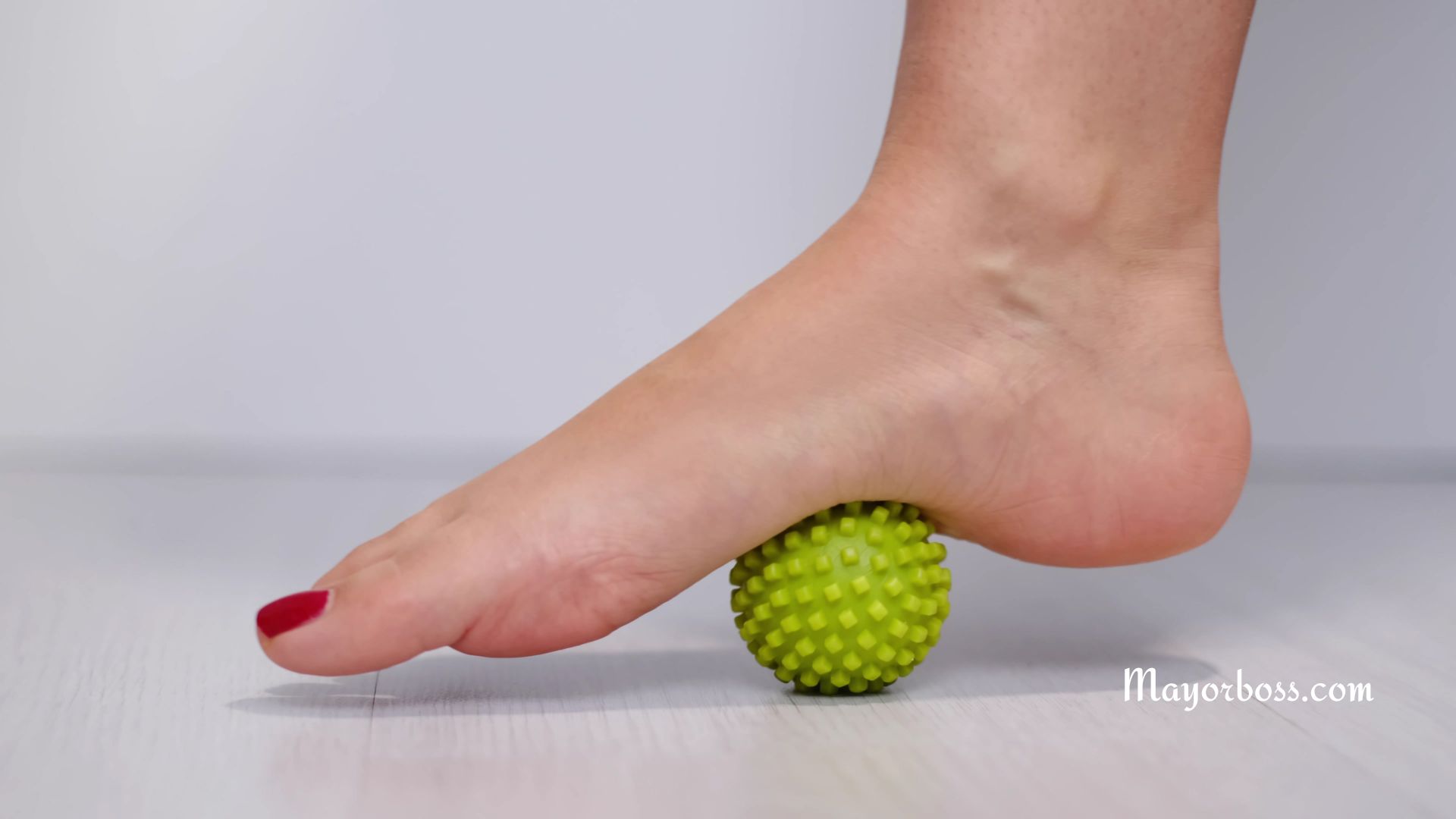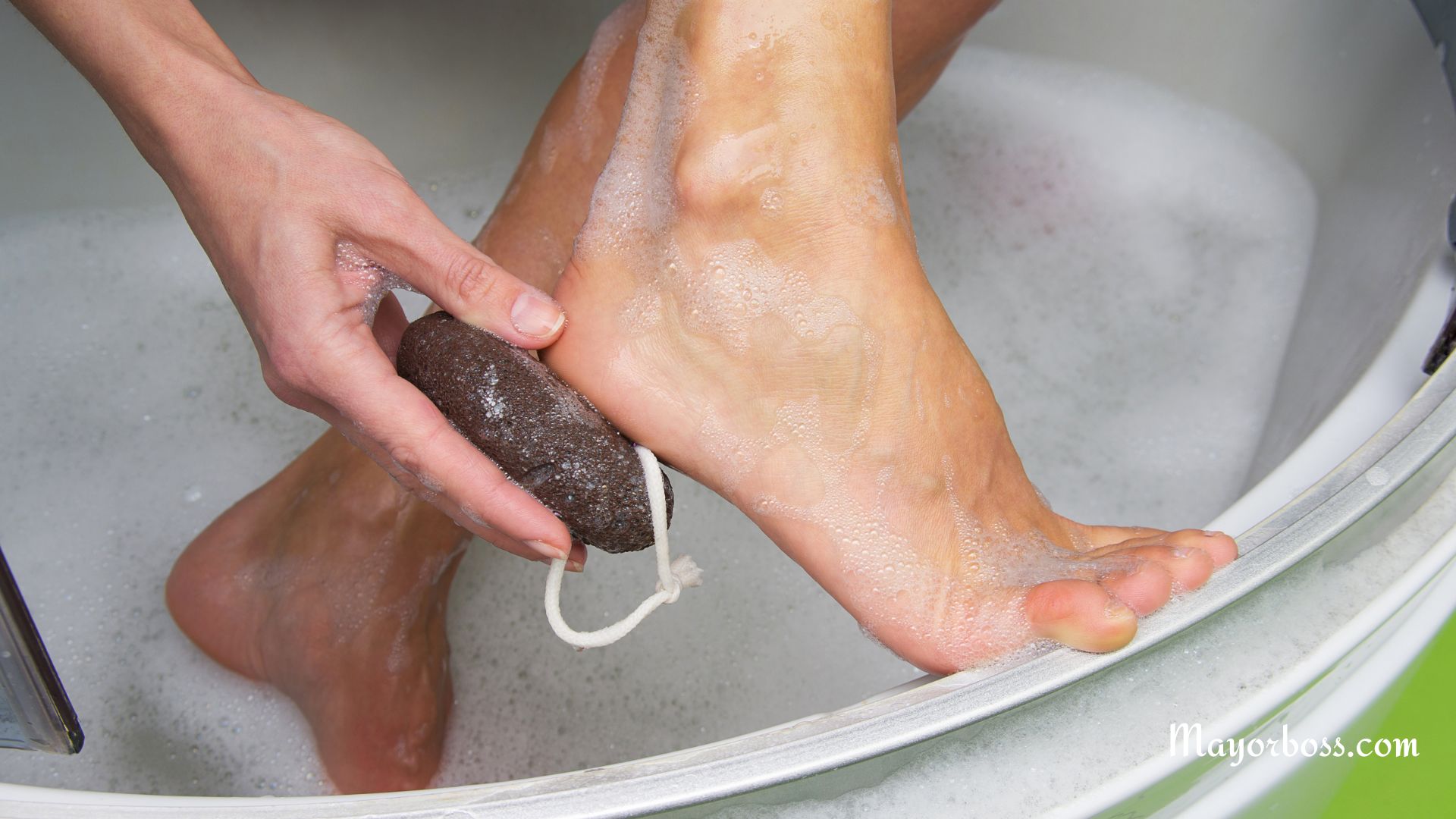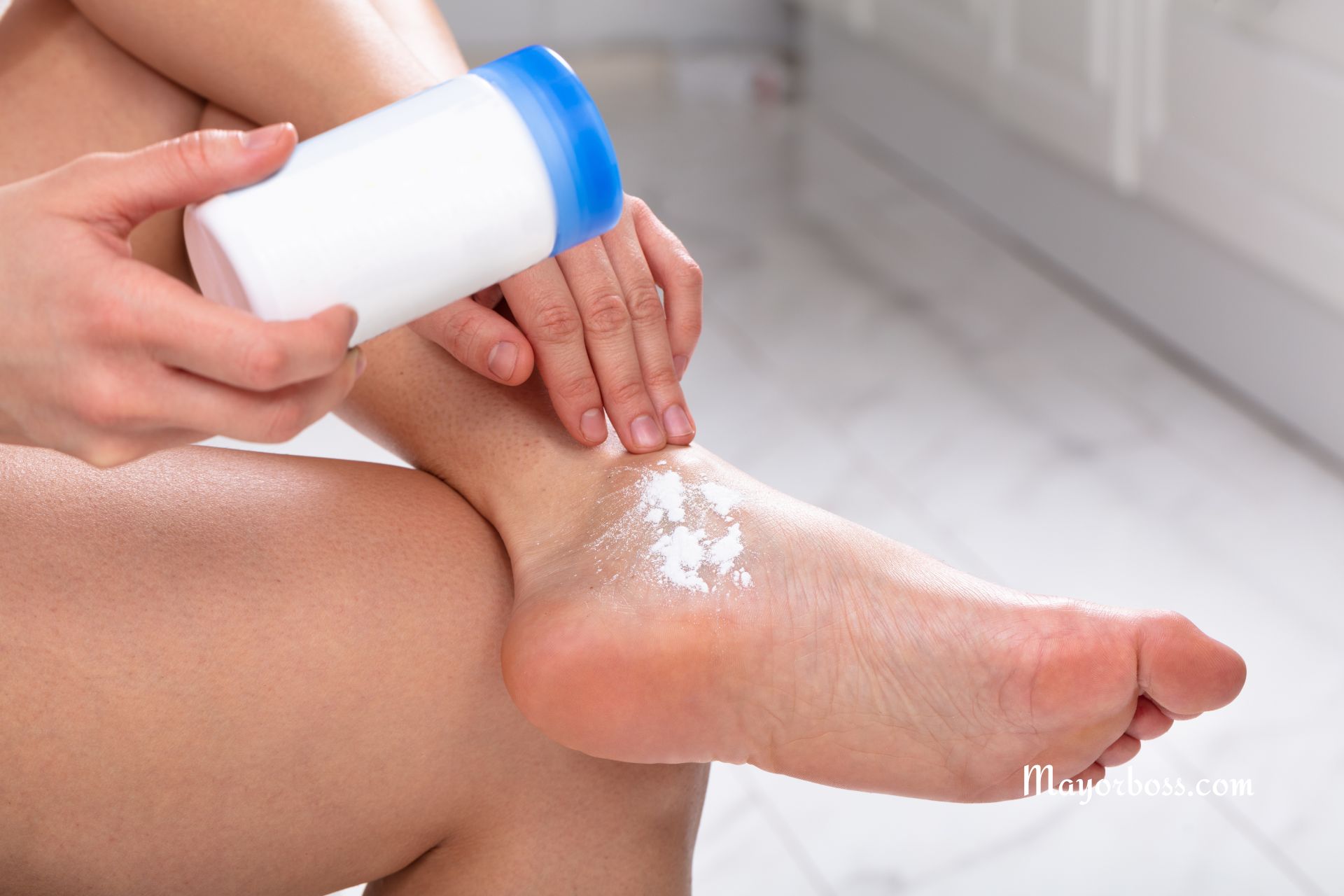What Is A Heel Spur?
What is a heel spur? Heel spurs are bony protrusions that grow on the underside of your heel bone. Often, they occur alongside conditions like plantar fasciitis, but they can also develop independently. A heel spur can make walking and other activities uncomfortable, but the good news is that various treatments can help alleviate the pain.
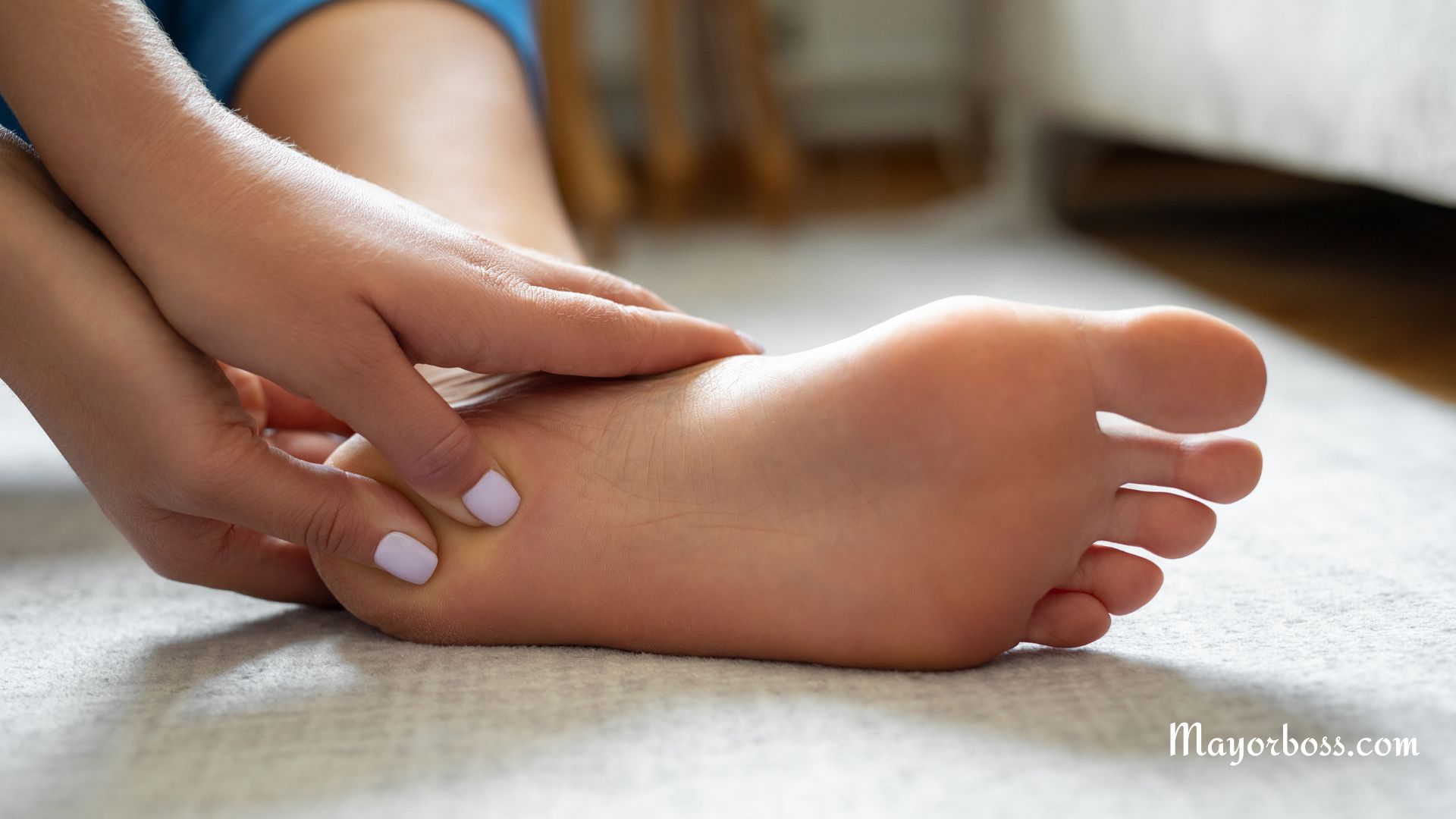
How Do Heel Spurs Form?
Heel spurs often develop over an extended period, usually as a result of strain on the muscles and ligaments of your foot. Factors like wearing poorly fitting shoes, being overweight, or having abnormal walking patterns can contribute to their formation. Over time, calcium deposits build up on your heel bone, forming a spur-like structure.
What Are the Symptoms?
Interestingly, heel spurs themselves don’t always cause pain. Instead, the discomfort usually comes from the inflammation and irritation in the surrounding tissues. You may feel a sharp, stabbing pain when you first get out of bed in the morning or after long periods of sitting. The pain often decreases as you move around, but it may return after extended periods of standing or walking.
Who Is Most Likely to Get a Heel Spur?
People with specific risk factors are more susceptible to developing heel spurs. These include:
- Older Adults: The likelihood of getting a heel spur increases with age.
- Athletes: Those involved in activities that place a lot of stress on the heel bone, like running, are at higher risk.
- Individuals with Foot Problems: If you have flat feet or high arches, you’re more prone to heel spurs.
How Are They Diagnosed?
Diagnosis usually involves a physical examination and imaging tests. During your visit, the doctor will ask about your symptoms and may press on different areas of your foot to identify the source of the pain. In addition, X-rays or MRIs may be ordered to confirm the presence of a heel spur.
What Are the Treatments for Heel Spur?
Various treatment methods can help you manage heel spur pain effectively. These include:
Physical Therapy
Exercise can strengthen your foot muscles and improve your posture, thereby reducing the strain on your heel bone.
Medication
Over-the-counter pain relievers like ibuprofen can alleviate inflammation and discomfort.
Orthotic Inserts
Special shoe inserts can provide better support for your feet, minimizing the stress on your heel bone.
Surgery
In extreme cases, surgical intervention may be necessary to remove the spur.
How Can You Prevent Heel Spurs?
Prevention is always better than cure, right? To avoid heel spurs, consider the following:
- Wear Proper Footwear: Choose shoes with good arch support and cushioning.
- Warm-Up Before Exercise: Always stretch your legs and feet before engaging in physical activities.
- Maintain a Healthy Weight: Keeping your weight in check will reduce the strain on your feet.
In people with existing foot conditions, such as plantar fasciitis, taking these preventive measures becomes even more crucial. Examples of good practices include regular foot massages and avoiding walking barefoot on hard surfaces.
So, if you’re experiencing heel pain, don’t just brush it off. Consult a healthcare provider.
Frequently Asked Questions
What Causes Heel Spurs to Develop?
Heel spurs often form due to prolonged stress and strain on the foot muscles and ligaments. Factors like improper footwear, being overweight, or engaging in activities like running can accelerate their growth. Over time, calcium deposits accumulate on the underside of the heel bone, creating a spur.
Are Heel Spurs and Plantar Fasciitis the Same Thing?
Although they often occur together, heel spurs and plantar fasciitis are distinct conditions. Plantar fasciitis is an inflammation of the plantar fascia, a ligament that runs along the bottom of your foot. A heel spur, on the other hand, is a bony growth on the heel bone. While plantar fasciitis can cause a heel spur to develop, it’s possible to have a heel spur without having plantar fasciitis.
Can Heel Spurs Go Away on Their Own?
Generally, heel spurs don’t just disappear. They require targeted treatment to alleviate the symptoms and underlying issues. In many cases, simple treatments like physical therapy, orthotic inserts, and medication can be effective. However, in severe instances, surgical removal may be necessary.
How Are Heel Spurs Diagnosed?
Diagnosis typically involves a combination of a physical examination and imaging tests. Your healthcare provider will ask about your symptoms and may perform a physical examination to locate the source of the pain. To confirm the diagnosis, you might need an X-ray or MRI to visualize the bony protrusion.
What Lifestyle Changes Can Help Prevent Heel Spurs?
Preventing heel spurs involves making several lifestyle adjustments. For example, selecting the right footwear with proper arch support and cushioning can make a significant difference. Additionally, stretching before engaging in physical activity can prepare your feet and reduce strain. Lastly, maintaining a healthy weight can minimize the stress on your feet, reducing the likelihood of developing a heel spur.

